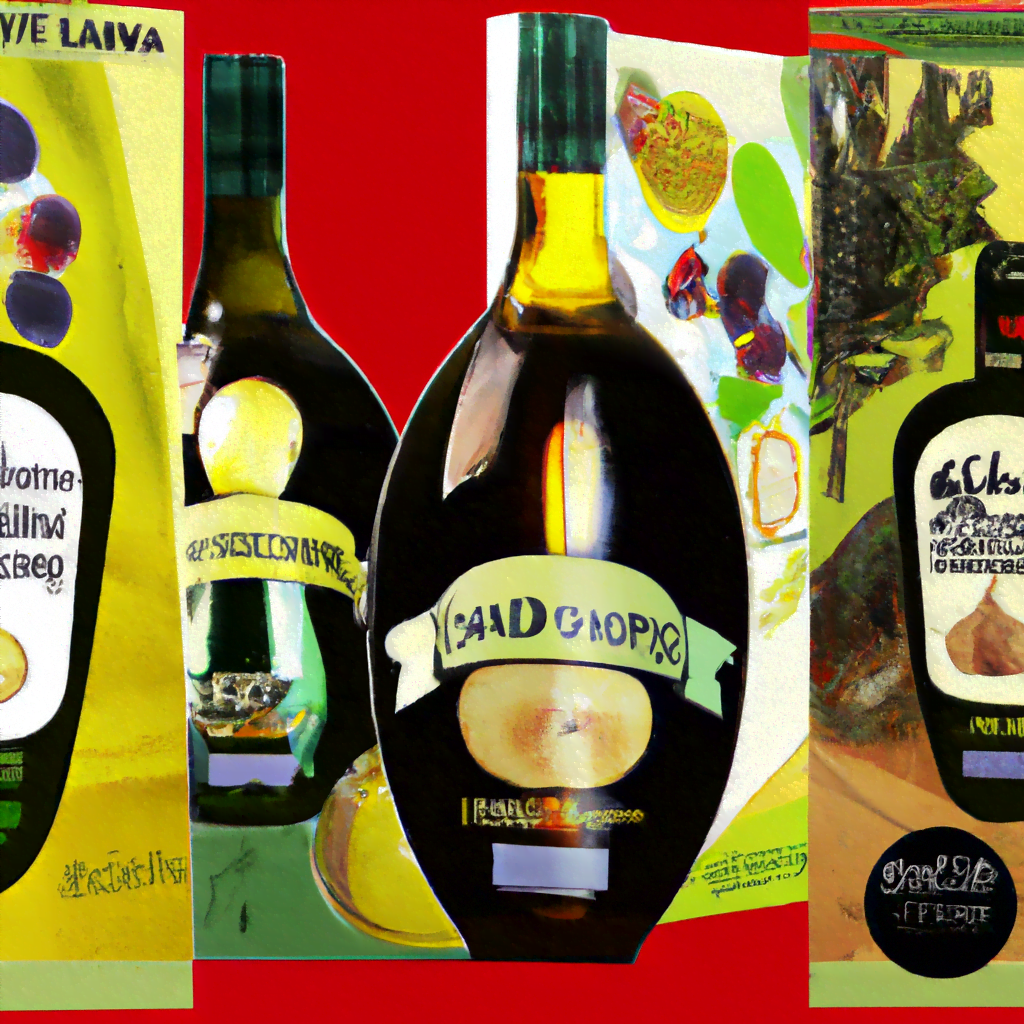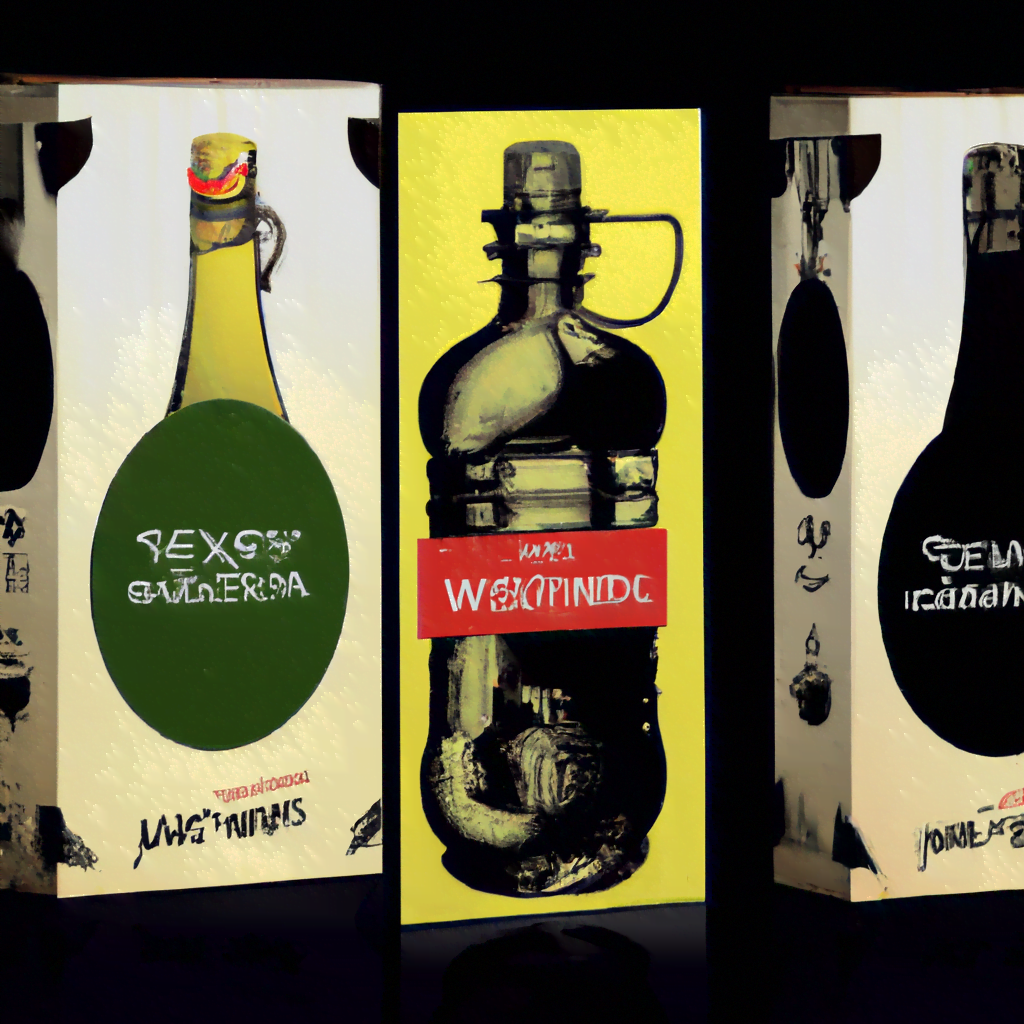
Packaging Design for Specialty Olive Oils and Vinegars

Introduction
Specialty olive oils and vinegars are becoming increasingly popular among consumers who are looking for unique and high-quality products. These products are often sold in specialty stores, gourmet shops, and online retailers. Packaging design plays a crucial role in the success of these products. It not only protects the product but also communicates the brand’s values and differentiates it from competitors. In this article, we will explore the key elements of packaging design for specialty olive oils and vinegars.
Understanding the Target Audience
Before designing the packaging, it is essential to understand the target audience. Specialty olive oils and vinegars are often purchased by consumers who are passionate about cooking, health, and sustainability. They are willing to pay a premium price for high-quality products that are unique and have a story behind them. Therefore, the packaging design should appeal to this audience and communicate the brand’s values.
Brand Story
The packaging design should tell the brand’s story and communicate its values. For example, if the brand is committed to sustainability, the packaging should be eco-friendly and made from recyclable materials. If the brand has a rich history and tradition, the packaging should reflect that through the use of vintage or traditional design elements.
Product Information
The packaging should also provide essential product information, such as the type of olive oil or vinegar, the region it comes from, and the production process. This information helps consumers make informed decisions and adds value to the product.
Design Elements
The packaging design should be visually appealing and stand out on the shelf. It should also be functional and protect the product from light, air, and moisture. Here are some key design elements to consider:
Color
Color is a powerful tool in packaging design. It can evoke emotions, communicate brand values, and differentiate the product from competitors. For example, green is often used in olive oil packaging to communicate freshness and health, while red is used in vinegar packaging to communicate boldness and flavor.
Typography
Typography is another important design element. It can communicate the brand’s personality and values. For example, a traditional serif font can communicate a sense of history and tradition, while a modern sans-serif font can communicate innovation and sophistication.
Imagery
Imagery can also be used to communicate the brand’s values and differentiate the product from competitors. For example, an image of an olive grove can communicate the brand’s commitment to sustainability and quality, while an image of a chef can communicate the brand’s passion for cooking.
Materials
The choice of materials is also important in packaging design. It should be functional and protect the product from light, air, and moisture. It should also be eco-friendly and align with the brand’s values. For example, glass bottles are often used for olive oil and vinegar packaging because they are recyclable and protect the product from light and air.
Case Studies
Here are some examples of successful packaging design for specialty olive oils and vinegars:
Lucini Italia
Lucini Italia is a brand that produces high-quality olive oils and vinegars. Their packaging design is simple and elegant, with a focus on the product. The bottles are made from dark glass to protect the product from light, and the labels are minimalistic, with essential product information and a small image of an olive grove. The typography is modern and sophisticated, with a sans-serif font that communicates the brand’s commitment to quality and innovation.
O California
O California is a brand that produces olive oils from California. Their packaging design is playful and colorful, with a focus on the region. The bottles are made from clear glass to showcase the product, and the labels are bright and colorful, with images of California landmarks and typography that communicates the brand’s passion for the region.
Conclusion
Packaging design plays a crucial role in the success of specialty olive oils and vinegars. It not only protects the product but also communicates the brand’s values and differentiates it from competitors. When designing the packaging, it is essential to understand the target audience and communicate the brand’s story and values. The packaging design should be visually appealing, functional, and eco-friendly. By considering these key elements, brands can create packaging that stands out on the shelf and appeals to consumers who are passionate about cooking, health, and sustainability.
